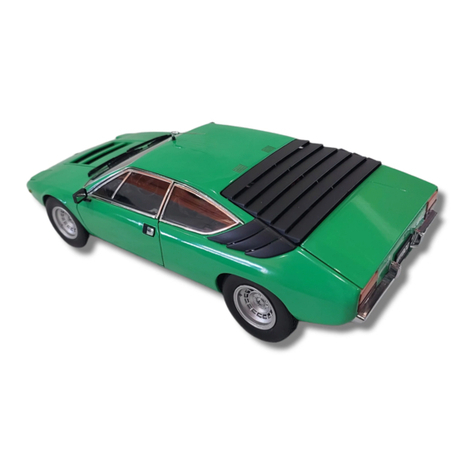
Overview
1Instrument cluster
2Steering wheel
3Driver-side airbag
4Instrument cluster controls on steering wheel
5Multimedia system controls on steering wheel
6
Multifunction Button
• Press to activate the associated function
• Press and hold to view/select the associated function
7Gearshift paddles
8Full-beam headlights and turn indicators stalk switch
9Windscreen wipers stalk switch
10 Cruise control systems stalk switch
11 Steering wheel position control
12 Door handle
13 Central locking buttons
14 Wing mirror adjustment controls
15 Power window buttons
16 Child lock buttons
17 Rear hatch button
18 Seat memory buttons
19 Interior monitoring and tow-away sensors deactivation button
20 Engine bonnet opening lever
21 Exterior lighting controls
The running lights turn on and off on the basis of the
outside brightness level
Dipped headlights
At speeds below 6 mph (10 km/h), it is possible to
switch on the parking lights
At speeds below 6 mph (10 km/h), it is possible to
switch off all lighting functions
All-weather lights
Rear fog light
22 Adjustable Air Vents
23 Front passenger-side airbag
24 Refrigerated glove compartment on the passenger side, with DVD
player and passenger-side airbag deactivation switch
25 Front central storage compartment with multimedia sockets
26 Rear-view mirror
27 Sun visors with courtesy mirror
28 Front lights with touch controls
29 Button to turn both front lights on or off
30 Button to turn both rear lights on or off

































